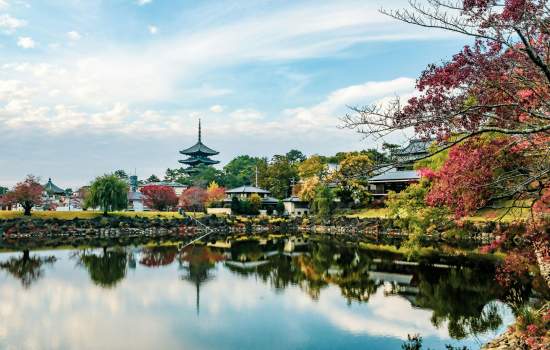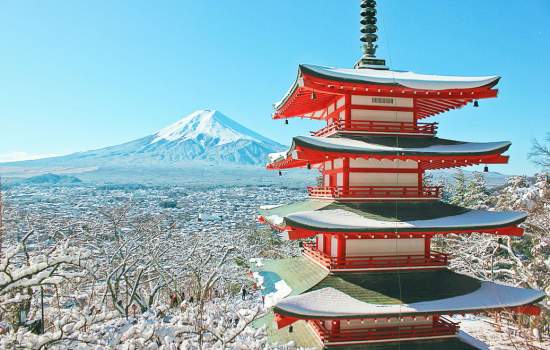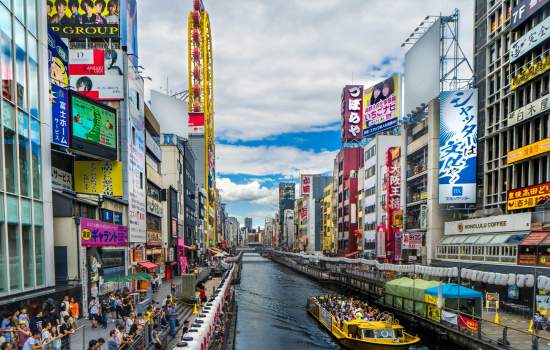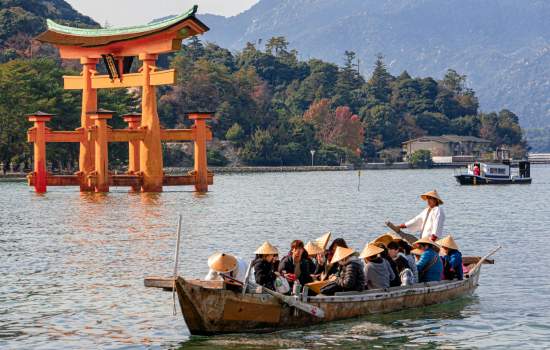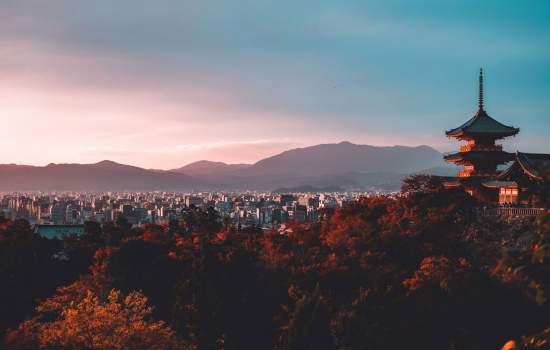Interesting Kii Peninsula, Nara & Niigata Facts
The Kii Peninsula is home to the Kumano Kodo, a network of ancient pilgrimage routes that are over 1,000 years old and a UNESCO World Heritage Site.
Nara was Japan’s first permanent capital, established in 710 AD, and its ancient temples are some of the oldest in the country.
Niigata is Japan’s top rice-producing prefecture, known for its high-quality Koshihikari rice.
Nara Park is home to over 1,200 freely roaming sika deer, which are considered sacred messengers of the Shinto gods.
Kii Peninsula, Nara & Niigata, Where Tradition Meets Nature

Explore the soul of Japan. Wander Kii Peninsula’s ancient pilgrimage routes and Mount Koya’s serene temples, then stroll through Nara’s historic streets and meet the friendly deer of Nara Park. Visit Niigata’s snowy mountains, coastline, and rice paddies, where you can sample Japan’s finest sake.
Rich in culture, history and nature, these regions offer unforgettable experiences - from hiking sacred trails and soaking in hot springs to exploring temples and tasting local delicacies. Discover the harmony of tradition and nature across Kii Peninsula, Nara, and Niigata.
Where to go in Kii Peninsula, Nara & Niigata




Kumano Kodo Pilgrimage Routes (Wakayama/Mie)
Walk the ancient Kumano Kodo trails, a UNESCO World Heritage site winding through forests, mountains, and traditional villages. Pilgrims have followed these paths for over a thousand years, offering visitors a chance to experience Japan’s natural beauty and spiritual heritage.
Sado Island (Niigata)
Off the coast of Niigata, Sado Island is famous for its rugged coastline, historic gold mines, and rich cultural heritage. Visitors can explore scenic hiking trails, traditional villages, and experience the island’s vibrant performing arts, including the world-renowned Kodo drumming troupe.
Kumano Sanzan Shrines (Wakayama)
The three grand Kumano shrines - Kumano Hongu Taisha, Kumano Nachi Taisha, and Kumano Hayatama Taisha, are historic sites connected by the pilgrimage routes. Explore their sacred architecture, serene forests, and vibrant festivals that celebrate centuries of tradition.
Nachi Falls & Nachi Taisha (Wakayama)
Nachi Falls, Japan’s tallest waterfall at 133 metres, cascades beside the sacred Nachi Taisha Shrine. Surrounded by ancient cedar trees, the area blends breathtaking natural beauty with spiritual significance.
Mount Koya (Koyasan, Wakayama)
Koyasan is the spiritual heart of Shingon Buddhism, home to over 100 temples and a center of religious practice for more than 1,200 years. Stay overnight in temple lodgings to experience Buddhist rituals. Stroll through the serene Okunoin Cemetery, where lantern-lit paths wind through ancient forests, creating a peaceful and magical atmosphere.
Nara Park (Nara)
Famous for its friendly, free-roaming deer, Nara Park also houses Todai-ji Temple, home to the awe-inspiring Great Buddha. Wander tree-lined paths, feed the deer, and explore centuries-old temples and shrines in a unique blend of culture and nature.
Echigo-Tsumari Art Triennale (Niigata)
Niigata hosts one of the world’s largest outdoor art festivals, blending contemporary art with rural landscapes. Explore creative installations across rice paddies, mountains, and villages, making it a unique cultural adventure in nature.
Shirahama Onsen (Wakayama)
Shirahama town, facing the Pacific Ocean, and is famous for its white sandy beaches, coastal cliffs, and hot springs. The area is also known for attractions like Engetsuto Island and Adventure World, making it a popular destination for both relaxation and sightseeing.
